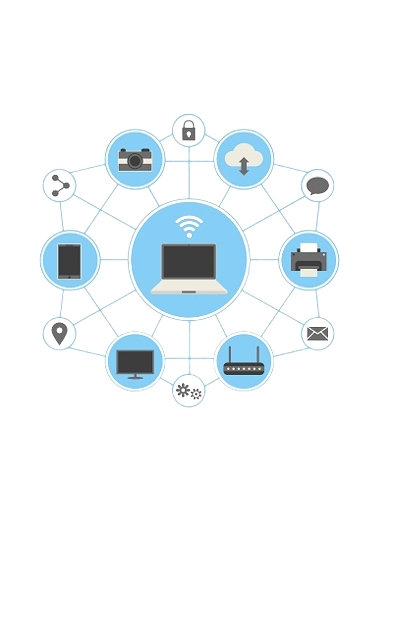
Hardware & Networking encompasses a wide range of devices, components, and technologies related to computer hardware and computer networks.
These are just some of the components and technologies that fall under Hardware & Networking. The field is constantly evolving with the advancement of technology, so new devices and concepts may emerge over time.
The main processor that performs instructions and calculations in a computer.
The main circuit board that connects all the components of a computer.
Temporary memory used for running applications and storing data currently in use.
Hard Disk Drives (HDDs), Solid State Drives (SSDs), USB drives, and other devices used for data storage.
Handles graphical processing tasks, essential for gaming and visual applications.
Hardware components that enable computers to connect to networks.
Devices used for printing and scanning documents and images.
Display screens that show the output of a computer's graphics.
Input devices used for typing and controlling the computer.
Provides power to all the components of a computer.
Enclosures that protect the internal components and cooling systems to manage the temperature.
Devices that connect different networks together and facilitate data exchange between them.
Devices that create network connections between devices within the same network.
Older networking devices that connect multiple network devices together.
Security devices that protect networks from unauthorized access and malicious traffic.
Devices that modulate and demodulate digital signals for communication over telephone lines or cable systems.
Ethernet cables used to connect devices to networks.
Devices that enable wireless connectivity and create wireless local area networks (WLANs).
Hardware components that enable devices to connect to a network, such as Wi-Fi adapters and Ethernet cards.
Devices used for centralized storage accessible to multiple devices over the network.
Technologies that create secure, encrypted connections over public networks for remote access.